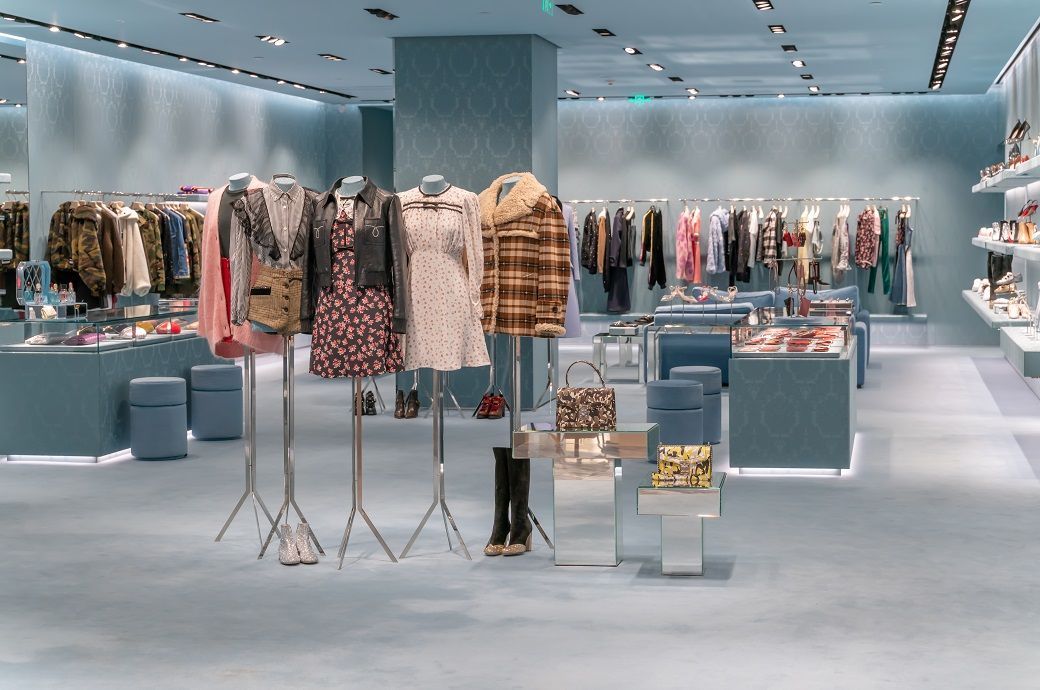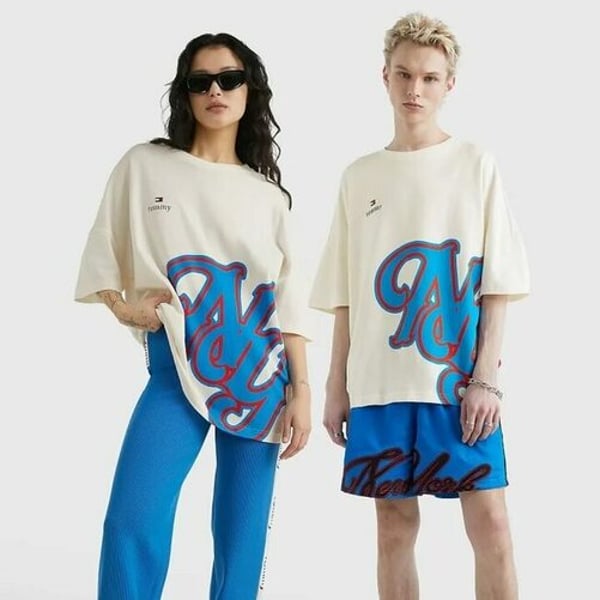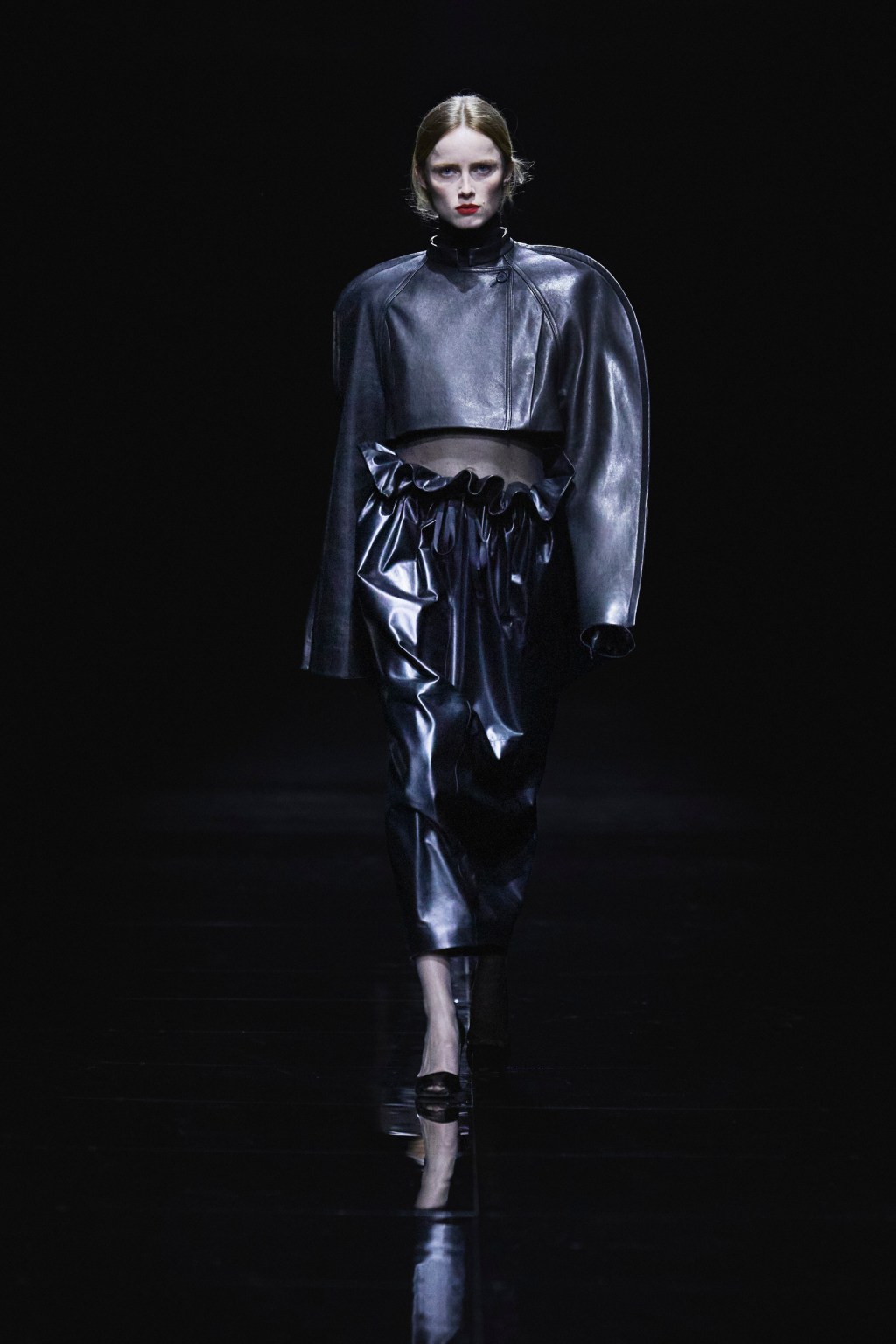The industry experienced a post-pandemic boom, fueled by savings during COVID-19 blocks, the fiscal stimulus in the United States and a wave of new recruits for luxury brands. Sales of the main names increased more than 80 percent between 2019 and 2024, according to a recent Morgan Stanley Alphawise survey.
Now, the current backdrop is cloudy by uncertainties such as the adverse demand of the main nationalities of the consumer (Chinese, American and Europeans, everything that represents 75 percent of the industry's expense; the normalization of growth within the luxury industry, which can face a booming after the pandemic; the impact of US tariffs; high interest rates in Western countries; and general most slow global growth expectations.
The luxury goods sector faces a slowdown in 2025 due to the weakest demand of China, the United States and Europe, its main consumer bases, economic uncertainty to love, high interest rates and limited price power. Chinese demand will remain stable, and although American tariffs pose a minimum impact, the broader risks such as the recession and decrease in consumer's feeling are more serious concerns, said Morgan Stanley.
“We are in a very different environment today. Edouard Aubin, Chief of Research of Morgan Stanley European Luxuría. “The consensus opinion is that the industry is not in a position to transmit significant price increases.”
Chinese consumers have become the largest spending worldwide in personal luxury goods, which represents about 30 percent of the total, compared to around 22 percent for US consumers. The perspective to spend in China is at its lowest level from the COVID-19 pandemic, according to the survey.
The survey, conducted in early April between 2,034 Chinese consumers, indicated that the announcement of American rates on China increased household concerns about jobs, salaries and investment losses, with 60 percent of respondents who say they plan to reduce spending in the next six months.
“The collection in the expense of expected American consumers for 2025 is not likely to be as significant as initially expected,” Aubin added.
Initially, many investors expected that the expense be strongly recovered in 2025 after being weak in most 2024. April data showed a temporary improvement, accredited to seasonality and accumulated demand with probably some extraction expenses due to tariff concerns, and companies that achieved price increases.
The impact of US rates must be less material for luxury goods companies, especially those that can apply small price increases in the US. UU. To mitigate the impact.
In addition, many luxury companies sent spring/summer collections before the implementation of the new commercial policy of the United States, thus avoiding a part of the success of the rate this year.
“In general, for luxury, we do not believe that the tariff impact is so significant,” Aubin explained. “The greatest threats to luxury companies are the risk of a recession, and the negative impact of the market moves in the feeling of the consumer and the net wealth of the country.”
For now, Aubin sees that the demand is submitted in the next 6-12 months. “If the S&P 500 continues in its ascending trajectory and translates into a greater creation of domestic wealth or if the Chinese real estate market stabilizes or returns to growth, the industry could begin to recover,” he said.
Fiber2Fashion News Desk (RR)












